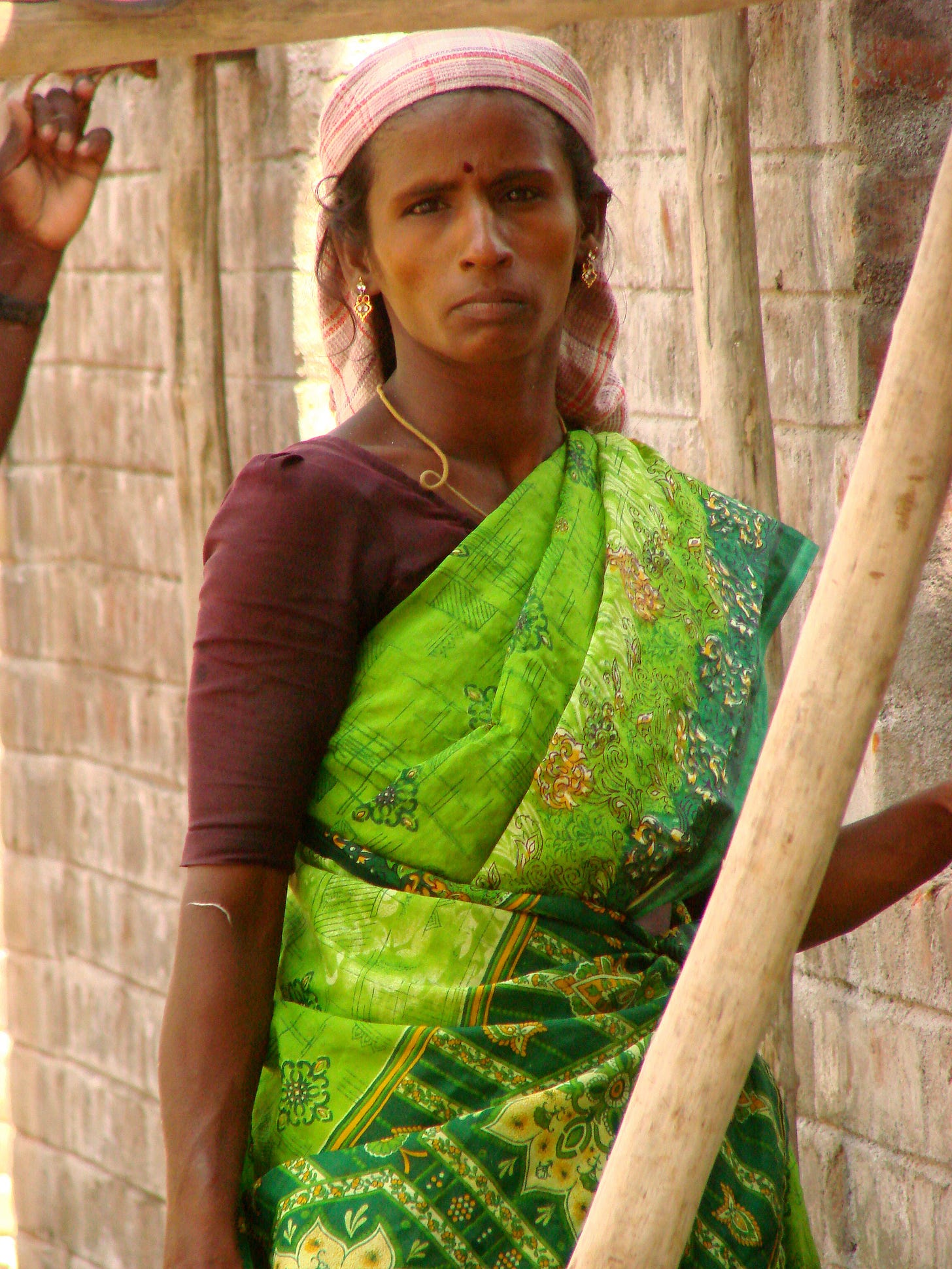India’s Jobless Growth Hurts Women More Than Men
WOMEN FACE HIGHER UNEMPLOYMENT AND EARN LOWER WAGES IN INDIA ACCORDING TO A STUDY BY AZIM PREMJI UNIVERSITY
February 4, 2024
For decades, the participation of women in India’s labor force kept declining. It fell from 41% in 2004 to 20% in 2019, in the rural areas where most of the country’s population resides. In the urban areas, it fell from 21% to 17%, during the same years.
The labor participation of women in India was lower than in comparable developing countries. It was in large part due to constraints on women’s freedoms and autonomy as well as lack of jobs.
Then, from 2020 to 2022, during the economic slowdown triggered by the COVID-19 pandemic lockdown, women’s participation in the work force rose, reaching 28% in the rural areas and 20% in the urban parts, by 2022.
These findings are from the “State of Working India 2023” report, which was published recently by the Azim Premji University, based in Bangalore. This annual report, the fourth in the series, provides key insights on the state of the Indian labor market, across occupations, gender, religion, and caste.
Since 2004, there has been a major shift in the composition of the female workforce. Older, less educated, agricultural women workers left the workforce while younger, more educated women took on jobs. As a result, the share of women in regular wage employment rose sharply. Similarly, in 2017, the earnings of salaried women rose to 76% of what men earned, compared to 70% in 2004. Since then, the wage gap has remained at the same level.
In self-employment, the gap was much worse. Women earned only 40 percent of what men earned. Also, as a husband’s income rises, women were less likely to work.
Overall, the social identities of gender, caste, and religion remain dominant factors in determining labor market outcomes. Even after controlling for a range of individual and household factors, most importantly the education level and socioeconomic status, the Premji Report found that Scheduled Castes and Scheduled Tribes workers are far more likely to be in casual wage work; also, Muslim workers more likely to be self-employed.
The Premji report references an issue about employment in India that is widely known: most Indians cannot find decent jobs—regular wage work with a contract and some benefits.
This is because Indian economy continues to be unable to create the vast number of jobs that are needed, performing worse than other developing countries. The report describes it as a case of jobless growth, a growing economy with high unemployment, especially among the youth.
In recent decades, construction, rather than manufacturing, has generated most of the non-farm employment in India. So, most of the recent jobs, which were created, are of short-term duration.
In 20222, India’s total labor force was estimated to total 528 million, with men around 398 million. An estimated 6.6% of the country’s labor force, both men and women, are unemployed. The unemployment rate among youth – those under 25 - is far higher, estimated at 20%. The lack of jobs is twice as bad for youths with graduate or higher degrees, with 42% of them unable to find jobs.
Since 2020, more women joining the labor force was not due to economic growth and rising labor demand. It was mainly driven by economic distress forcing more women to reduce their domestic work and become self-employed. Overall, COVID-related job losses forced both men and women to rely on agriculture or self-employment for survival, with women affected more adversely than men.
The Premji report found that while women’s employment rose during 2020-2022, due to a rise in self-employment, their earnings from self-employment declined during 2020-22.
The Report recommends creating job opportunities for women as a key policy priority. The policies suggested include implementing measures which enable women to travel safely over longer distances, to avail of job opportunities, as well as facilitating relief from elder and child care-work responsibilities at home.
The Report concludes that the next few decades are vital for India to achieve the economic potential offered by its demographic dividend, that is benefitting from a growing, young population. Will that materialize and help reduce the current disparities across gender, caste, religion?
Will the number of women employed in India keep rising, as it did during the pandemic years? Will their incomes rise as well?
Consider subscribing to Global Indian Times via Substack if you are not already a subscriber.


